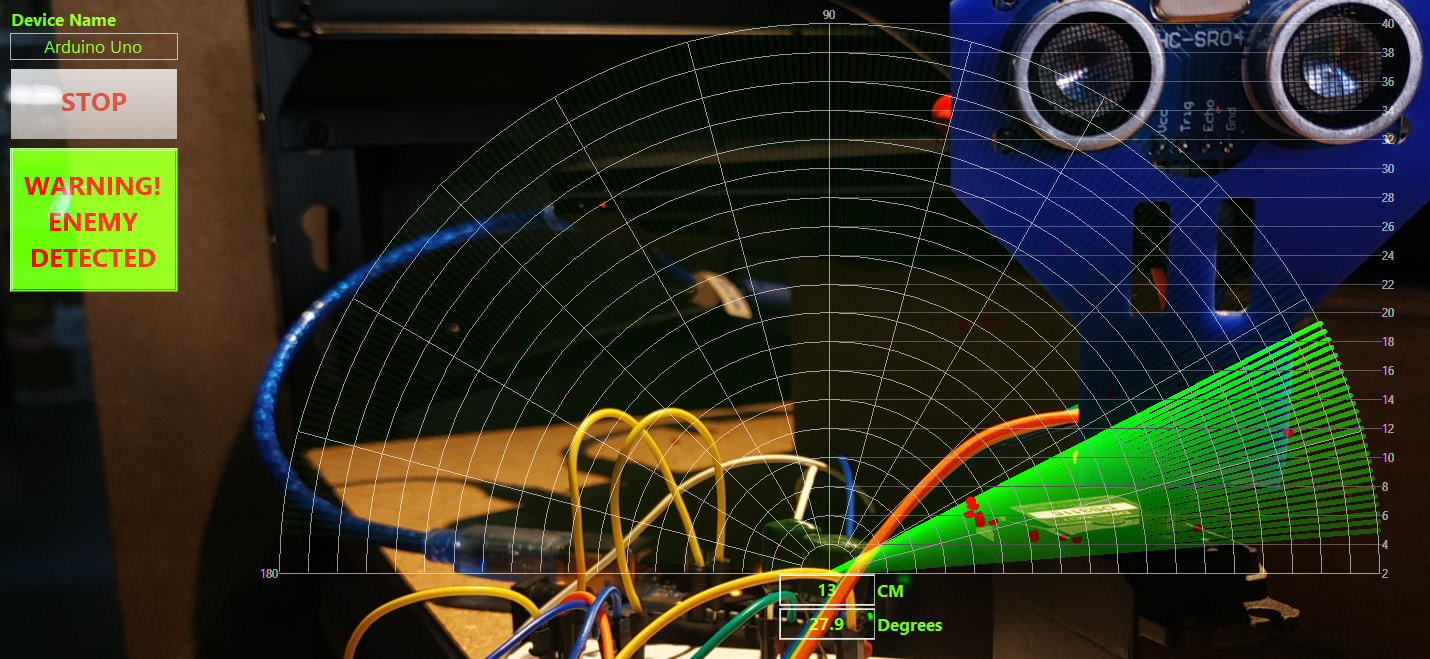Tips to Choose Wired & Wireless Devices – In our increasingly interconnected world, wired and wireless networks have become the lifeblood of communication, sharing, and collaboration.
They’re the invisible highways that make possible everything from the morning emails we send to our colleagues, to the streaming movies we binge-watch on quiet evenings.
As technology continues to evolve, our understanding of networks must grow alongside it. But what exactly are these networks, and how do they work?
More importantly, what’s the difference between wired and wireless networks, and how do we decide which one to use?
Circuitrocks offers a guide of thorough analysis of wired and wireless networks, highlighting their functions, pros, cons, and best uses. It also helps you choose the right network and previews their future.

Tips to Choose Wired & Wireless Devices
Choosing between wired and wireless networks often comes down to evaluating your specific needs, environment, and resources.
Here are some key factors to consider when making your decision:
Understanding Your Needs
- Speed: If your activities involve high-bandwidth tasks, such as streaming high-definition videos, transferring large files, or online gaming, you might favour the higher speed potential of a wired network. However, if your usage primarily involves general browsing, email, and social media, a wireless network’s speed is usually sufficient.
- Reliability: If your operations depend heavily on consistent connectivity with minimal interruptions—like in a trading firm or a broadcasting company—a wired network’s reliability might be paramount. For less critical applications or general home usage, the convenience of wireless may outweigh the occasional connection hiccup.
- Security: For environments where sensitive data is regularly transmitted, such as in financial institutions or healthcare organizations, the enhanced security of a wired network can be crucial. However, with proper security measures, wireless networks can also provide a secure enough environment for most homes and businesses.
Assessing Your Environment
- Physical Layout: The size and structure of your space can influence your choice. If you have a large or architecturally complex space, installing a wired network might be difficult and expensive. Wireless networks would offer much more flexibility in such scenarios.
- Mobility: If users need to move around frequently, as in a modern office or home with multiple devices, the mobility offered by a wireless network would be beneficial.
- Aesthetics: For some, the presence of visible wiring might be undesirable. In such cases, a wireless network would be more suitable.
Considering Your Resources
- Budget: While wireless networks might have lower upfront costs, consider the long-term costs as well. You might require upgrades or expansions in the future, which can be cheaper for wireless networks but might offer better performance with wired ones.
- Technical Expertise: Setting up and managing a wired network might require more technical expertise compared to a wireless network. If you lack the necessary technical resources, a wireless network might be a better choice.
In conclusion, the decision between wired and wireless isn’t always clear-cut and often involves trade-offs. It’s about finding the right balance that suits your specific needs and circumstances.
Future of Networking: Wired, Wireless, and Beyond
The world of networking is always evolving, driven by continual advancements in technology. As we look ahead, several key trends are likely to shape the future of both wired and wireless networks.
Wired Networks
On the wired side, the future is all about speed and capacity. As data demands continue to grow, driven by developments like cloud computing, Big Data, and the Internet of Things (IoT), we’re seeing a push towards even faster and more robust connections.
- Fiber Optics: The use of fiber optic networks is expected to increase, delivering blazing-fast speeds and vast capacity for data transfer. Particularly in data centers and large business operations, the demand for fiber will likely continue to grow.
- Higher-Speed Ethernet: We’re also seeing the development of higher-speed Ethernet standards. Companies are working towards 100 Gigabit Ethernet and beyond, ensuring that wired networks continue to deliver high-speed, reliable, and secure connections.
Wireless Networks
In the wireless world, the future is about increasing speed, improving reliability, and extending coverage.
- 5G and Beyond: The roll-out of 5G networks is a significant step forward for wireless networking, promising speeds that rival or even exceed those of wired networks, along with lower latency and improved reliability. Beyond 5G, work has already begun on the 6G standard, which will push the boundaries even further.
- Wi-Fi 6 and Beyond: Wi-Fi isn’t standing still either. With Wi-Fi 6, users can expect faster speeds, improved security, and better performance in environments with many connected devices. Future iterations of Wi-Fi will continue to enhance these features.
- Internet of Things (IoT): As more and more devices become ‘smart’ and interconnected, robust wireless networks will be increasingly necessary. From smart homes to smart cities, the IoT revolution will continue to drive demand for reliable, secure, and fast wireless networks.
Beyond Wired and Wireless
As we look even further into the future, exciting developments are on the horizon:
- Li-Fi (Light Fidelity): Li-Fi uses visible light from LED lamps to transmit data, potentially providing an alternative or complement to Wi-Fi in certain scenarios. While still in the early stages, it promises high-speed, secure data transmission.
- Quantum Networking: A truly ‘futuristic’ technology, quantum networking could revolutionize how data is sent and received. By leveraging the principles of quantum mechanics, these networks could provide incredibly secure, instantaneous data transfer. While still largely in the realm of research, the potential implications are exciting.
As these trends continue to evolve, they will shape the future of how we connect and communicate.
The key takeaway is that both wired and wireless networks will continue to play vital roles, each evolving in their own ways to meet the ever-growing demand for reliable, high-speed connectivity.
Conclusion
Choosing between wired and wireless networks isn’t a black-and-white decision. But rather a matter of analyzing your specific needs, circumstances, and resources. Whether you prioritize speed, reliability, flexibility, or ease of installation, the choice ultimately depends on finding the balance that best suits your situation.
Remember, regardless of whether you choose a wired or wireless network, the goal is to ensure seamless connectivity and efficient communication. After all, at their core, networks—be they wired or wireless—are all about keeping us connected.






